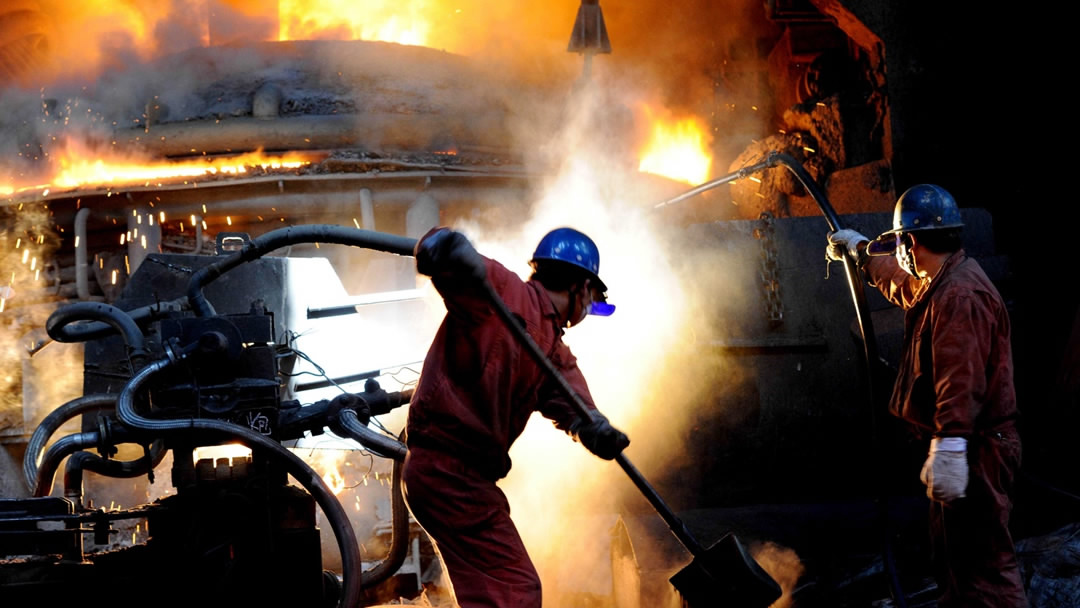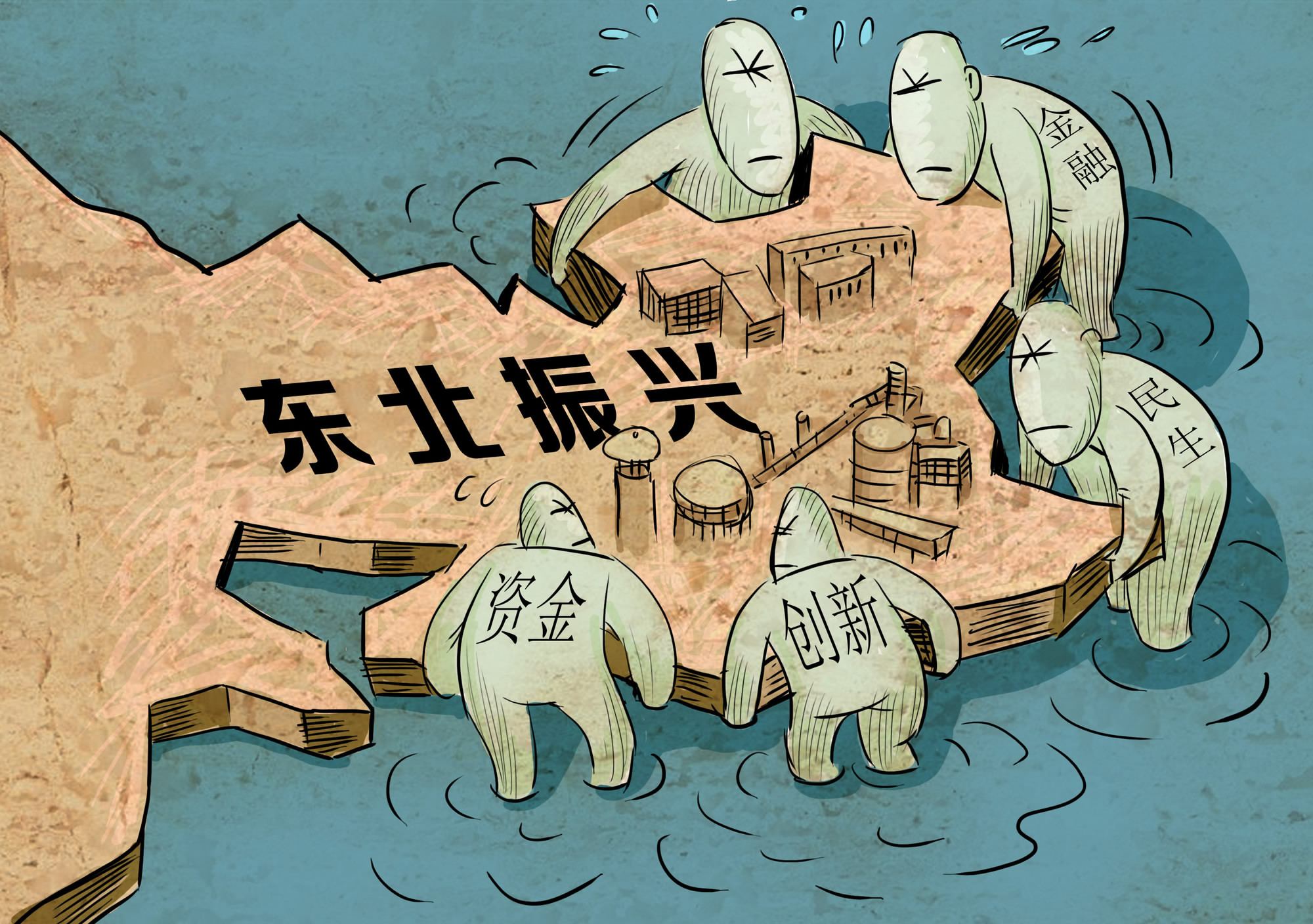
Business
16:05, 18-Jan-2017
Province confirms years of rampant growth exaggeration in NE China
Updated
10:35, 28-Jun-2018

Chinese authorities have been wrestling with manipulated economic figures as they attempt to steer the world’s second largest economy towards a healthier growth pattern. Recent official acknowledgement of rampant book-cooking in northeast China's Liaoning Province has highlighted the damage the practice can do to economic planning.
Chen Qiufa, the provincial governor, publicly announced in his government work report on Tuesday that the doctoring of economic figures had been “prevalent” in the province from 2011 to 2014, seriously skewing policymaking to re-boost growth.
Many cities and counties in the province over-reported their revenues admitted Chen, citing a document from the National Audit Office.
An investigation by People’s Daily suggested that the province’s average revenues from 2011 to 2014 could have been inflated by as much as 20 percent. The levels of misconduct peaked in 2014, when an estimated 24 percent of the year’s revenue might not have existed at all.
The amount of faked numbers were particularly high in certain cities and regions. According to the newspaper, Xiuyan Manchu Autonomous County pumped up its reproted revenue 1.27 times over in 2013.

China's central authority has put many measures in place to re-invigorate the northeast region. /CFP Photo
China's central authority has put many measures in place to re-invigorate the northeast region. /CFP Photo
Local officials complicit in the wrongdoing often did so to advance their political careers, Chen added. As China continues its anti-graft campaign, more cases have emerged where corrupt officials were also involved in cooking economic data.
Kaiyuan city saw its government revenue revised down by almost half after Wei Junxing, the city’s former secretary of the municipal Party committee was probed in 2015 for corruption.
The economic figures, when pared down into reality, placed huge pressure on the provincial government, Chen admitted.
Doctoring growth statistics may have led to serious repercussions. The exaggerated figures misled the country’s top economic planners into cutting vital central government funding allocated for the province, Chen said in his report.

An empty coal mine in Fuxin city, Liaoning Province, 2014. The mine used to be the biggest open coal mine in Asia, but has rarely been in operation since 2014. /CFP Photo
An empty coal mine in Fuxin city, Liaoning Province, 2014. The mine used to be the biggest open coal mine in Asia, but has rarely been in operation since 2014. /CFP Photo
China’s northeast was once the country’s rustbelt, but in recent years it has been struggling economically, as old growth engines fueled by coal factories and steel mills have been powering down, due to declining raw material prices and the central government’s efforts to cut industrial overcapacity.
Liaoning has been one of the worst hit regions as China looks to change its economic growth model, with its growth entering negative territory by the third quarter of 2016, as the province struggles to find new growth momentum.
The decline in the province’s annual output was still stark, despite the overblown statistics of the past few years. According to data on Liaoning Statistical Information Net, the province registered a growth rate of 9.5 percent in 2012, which rapidly dropped to 3.0 percent in 2015.
China has stepped up its efforts towards improving the accuracy of key economic indicators in recent years, but nationwide, the mismatch between provincial GDP figures and nationwide statistics remains a recurring problem for central policymakers.
In 2015, national growth figures exceeded provincial revenue by 4.8 billion yuan (690 million US dollars), amounting to the total output of that year in Zhejiang Province, one of the most developed provinces in China.
627km

SITEMAP
Copyright © 2018 CGTN. Beijing ICP prepared NO.16065310-3
Copyright © 2018 CGTN. Beijing ICP prepared NO.16065310-3